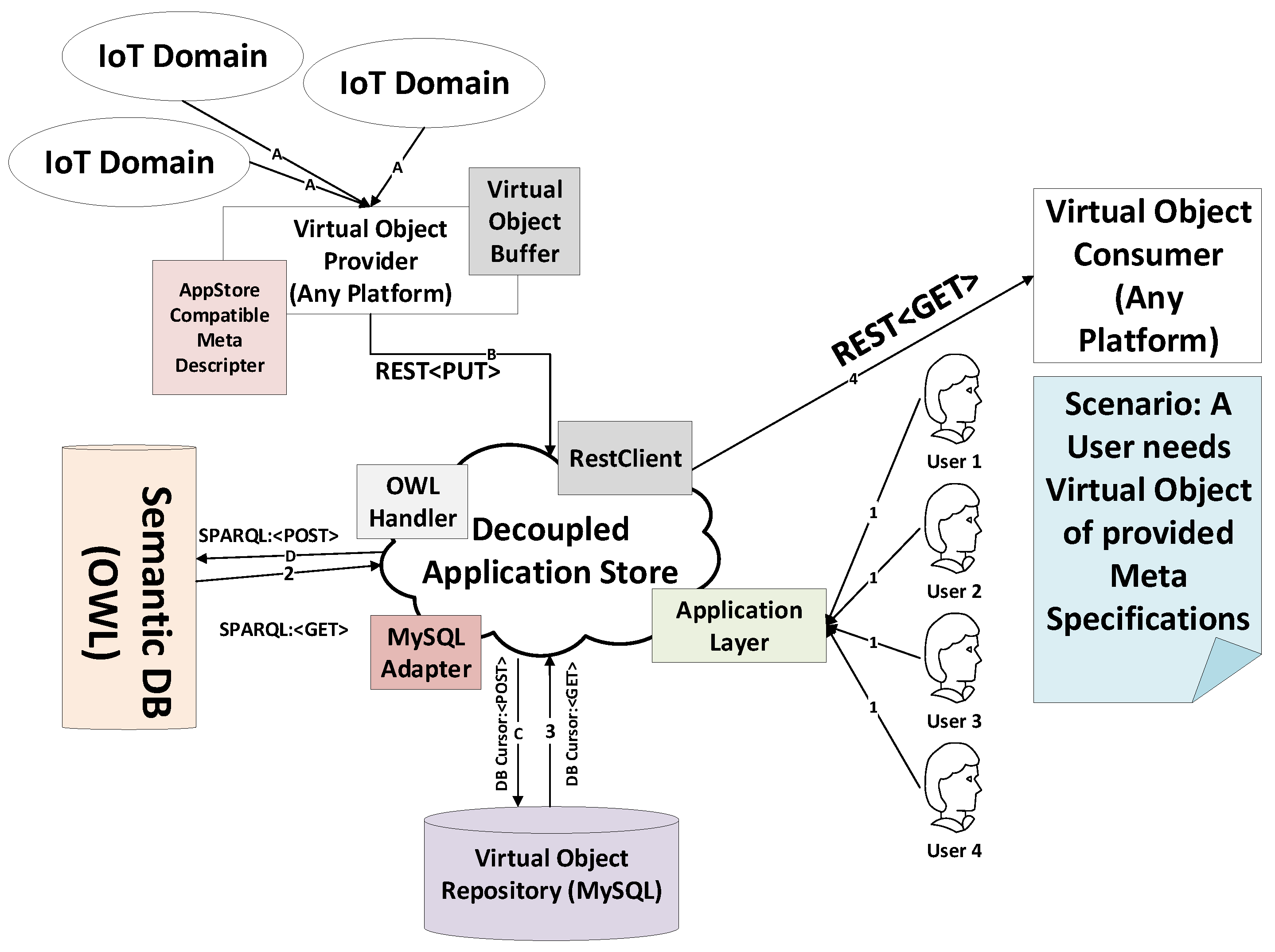

Homestead is a simple virtual machine designed for Laravel and Vagrant. Instead, consider using Laravel Homestead. Installing the proper version of PHP, required extensions, and other needed components is time consuming and confusing. In the past, configuring a local PHP development environment on your machine was a headache. You may also wish to explore the app/config directory and the configuration options that are available to you. Most of your application's code will reside somewhere in this directory. The app directory contains folders such as views, controllers, and models. Just add the -port argument: php artisan serve -port=8080Īfter installing the framework, take a glance around the project to familiarize yourself with the directory structure. However if that port is already in use or you wish to serve multiple applications this way, you might want to specify what port to use. If you are on PHP 5.4+ and would like to use PHP's built-in development server, you may use the serve Artisan command: php artisan serveīy default the HTTP-server will listen to port 8000. Typically, you may use a web server such as Apache or Nginx to serve your Laravel applications. See the Installation documentation for more details on configuration. PermissionsĪfter installing Laravel, you may need to grant the web server write permissions to the app/storage directories. This command will download and install the framework's dependencies. Next run the composer install command in the root of your manually created project directory. If you prefer, you can alternatively download a copy of the Laravel repository from GitHub manually. This command will download and install a fresh copy of Laravel in a new your-project-name folder within your current directory. Now you can install Laravel by issuing the following command from your terminal: composer create-project laravel/laravel your-project-name 4.2.*
If you haven't already, start by installing Composer. The Laravel framework utilizes Composer for installation and dependency management.

This method of installation is much faster than installing via Composer.

For instance, laravel new blog would create a directory named blog containing a fresh Laravel installation with all dependencies installed. Once installed, the simple laravel new command will create a fresh Laravel installation in the directory you specify. Make sure to place the ~/.composer/vendor/bin directory in your PATH (or C:\%HOMEPATH%\AppData\Roaming\Composer\vendor\bin if working with Windows) so the laravel executable is found when you run the laravel command in your terminal. composer global require "laravel/installer=~1.1" First, download the Laravel installer using Composer.


 0 kommentar(er)
0 kommentar(er)
